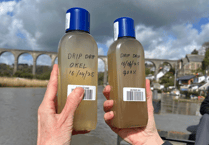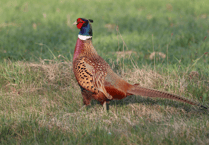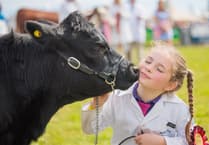A filmmaker has spotted the invasive, non-native American signal crayfish living on the bottom of Roadford Reservoir using a special underwater camera.
Filmmaker Jack Pecks, whose work has previously featured on BBC's Springwatch and David Attenborough's "Wild Isles", managed to locate the animals after he was brought in by South West Water as part of an innovative approach to identifying and recording invasive species that may live in some of the reservoirs.
This is the first time that the crayfish have been successfully located after previous methods failed to do so. South West Water will now work to contain the animals.
Kate Hills, biosecurity and invasives manager at South West Water, said: “We are delighted to be working with Jack to tackle the threat posed to our native wildlife by invasive non-native species. The results of the work so far have been really encouraging and the method has proved to be a great way to record species. Following the success of the trial, we will be looking to use this innovative surveying technique more widely, alongside more traditional methods, to look at the distribution of species across our sites.”
Other invasive non-native species identified include ruffe (a fish considered invasive in Devon and Cornwall), perch, rainbow trout, pike and eels.
Describing his experience, Jack Pecks said: "I've been to some sites I'd never even heard of before, visiting remote and stunning lakes and getting a glimpse into what’s living in them."
The cameras also provided a good insight into the overall health of the reservoirs and their ecology and South West Water plan to use the collected data to inform its future biosecurity measures and prevent the spread of non-native and invasive species.
South West Water will be hosting a stand at The South West Fly Fair at Roadford Lake Café and Venue on February 25 to talk to anyone interested in learning more about invasives and the work the company are doing to control them.




Comments
This article has no comments yet. Be the first to leave a comment.